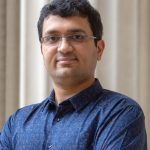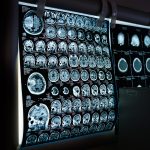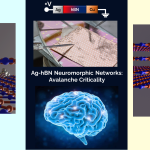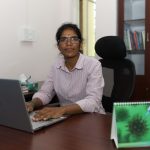New centre seeks to tap into the power of data to address social challenges
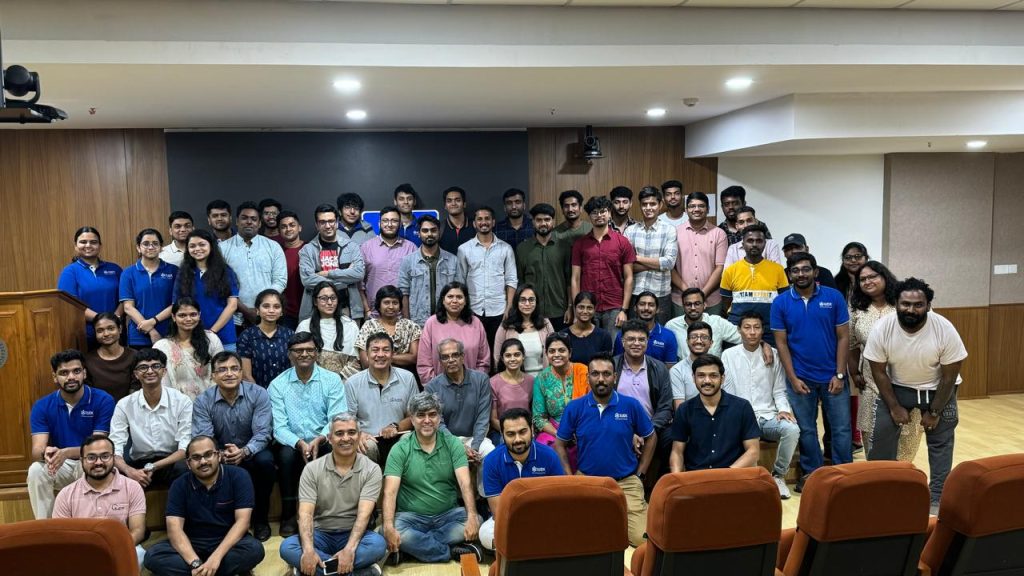
In September 2008, Chennai traffic police created India’s first green corridor as they raced to deliver a heart donated by a 16 year-old boy who was brain dead to a 9 year-old girl. Travelling from Apollo Hospital in Teynampet to Frontier Lifeline Hospital in Coappear in peak-hour traffic, they covered a 45-minute journey in just 11 minutes, delivering their precious cargo in time, and saving the girl’s life.
In a quiet corner of IISc, 60-odd data engineers are trying to make such rare occurrences more commonplace. They are part of the Centre of Data for Public Good (CPDG), a new initiative at IISc that seeks to address social challenges via a combination of research, collaboration, and development of digital tools.
India is currently experiencing a digital infrastructure boom, with the explosion of digital systems that seek to provide public and private services in a secure and accessible manner. In the first phase, Aadhaar provided a way to digitally verify one’s identity. In the second phase, UPI offered a means to fast and secure digital payments. The third phase envisions making data collected from the public available for the public in an anonymous and consent-based manner.
“At CPDG, we are trying to contribute to this third layer,” says Jyotirmoy Dutta, Principal Scientist and Director at CPDG. “We are building those tools, technologies, and frameworks that will help a data provider talk to a data consumer.” This could be, for instance, a private entity accessing data from a government agency to create an app that could directly help people.
The inception of the centre dates to 2018 when IISc faculty member Bharadwaj Amrutur and his colleagues at the Robert Bosch Centre for Cyber-Physical Systems (RBCCPS) started working with the Smart Cities Mission of the Ministry of Housing and Urban Affairs (MoHUA), Government of India. At that time, they were keen on developing a data-driven administrative tool for smart governance in these cities. Inder Gopal, Research Professor at IISc and an expert in open-source platforms, has been leading the team’s efforts.
It started as two pilot projects in two cities, Varanasi and Pune. The former used data to find an optimised route for garbage collection trucks, and the latter used data from smart streetlights to identify safe paths for pedestrians. Eventually, the platform was deployed in several Indian cities, and the group came to be known as the India Urban Data Exchange (IUDX). As the initiative gained wider acceptance beyond the urban sector, the new organisation, CPDG, was formed.

“We were figuring out an open-source software platform enabling data to be used in a smart fashion in the different applications,” recalls Swaminathan Vasanth Rajaraman, Vice President of Development at CDPG.
The idea was to build a platform for safe exchange of data from multiple sources and its use for public good. The team initially thought of building an Internet of Things (IoT) platform that integrates sensors with software technologies to collect and exchange data with devices and systems over the internet. However, they realised that there were challenges, such as sensor calibration issues and a lack of common data representation across companies. “For example, two companies manufacturing air quality sensors set up in different cities may have different data structures and codes,” explains Swaminathan. Besides, there were no protocols in place to share data safely. This led to the idea of building a data exchange layer which aggregates various kinds of data from diverse sources – traffic cameras, solid waste management systems, transit systems, and air pollution.
One of the first projects undertaken at the centre was using data collected over the exchange layer to provide safe routes for citizens in Pune. “If you are walking through the city late in the evening, you may want to find out the safest path rather than the shortest path, particularly for women,” explains Inder. The team integrated data from smart streetlights – for example, whether a given light is working at a specific time – with other relevant data, such as police records of criminal incidents in various locations in the city and anonymous data on residents in a particular location. Such an integrated data set could help developers create apps that citizens could use to move around the city safely.
In another application, the team developed a flood management system in collaboration with Pune Smart City and L&T. The application combined data from multiple sources – digital elevation maps, open street maps, weather stations, flood sensors, dam water levels, and discharge data – to predict flooding using advanced AI/ML algorithms. The application got a special jury mention at the DigiTech Conclave and Awards 2025.
The platform could enable similar use cases, including green corridors. “All you’ve got to do is to keep track of the live locations of ambulances and turn the signal green as they approach a traffic light,” explains Abhay Sharma, Chief Technology Officer at CDPG.
The data exchange platform drew the interest of various private and public sector entities that wanted to use the data collected for their analysis and applications. Cities saw this as a valuable platform for smart governance, and IUDX deployed the software in 56 different Indian cities as part of the Smart Cities Mission. But scaling up came with a new set of challenges. Apps used in different cities used different software and collected data in diverse ways. This challenged the team to standardise the data used on the data exchange platform, and it became a major activity at CDPG.
Having had this experience handling such diverse and mixed data, the team realised that they could extend the concept to other sectors. “That’s how we started looking at agriculture, which turned into a programme called Agricultural Data Exchange (ADeX), with the state of Telangana,” says Inder. A pilot project they launched with the state government significantly improved the turnaround time needed to sanction agricultural loans. For example, data insights from ADeX enabled HDFC bank to process farmer loans within two days – earlier, these applications took several days to weeks to process.
Apart from civic services and agricultural data, the centre has also worked on the use of geospatial data. In some cities, for example, air pollution can spike on certain days. To figure out the reason behind these spikes, Jyotirmoy explains, it would help to combine the data from air quality sensors across the city with forest fire data sets within a certain distance from the city, as well as wind speed and wind direction data. “Although these are three different kinds of data sets, combining them gives you new insights,” he explains.
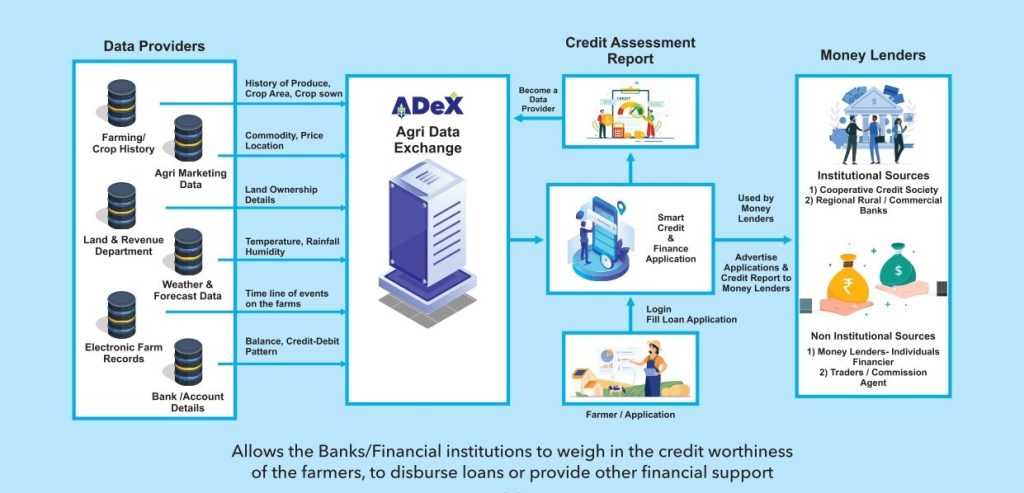
More challenges exist in other areas, such as healthcare, where data privacy and patient anonymity are paramount. CPDG, which has been working closely with the Indian Council of Medical Research (ICMR), worked out a solution to this problem. “We use a ‘secure computing enclave’ that fetches the data requested by the consumer from the appropriate sources [say, various government databases], allows the consumer [say, a private entity analysing the data] to work within the enclave, and take only the results with them,” Inder explains.
As an extension of the work in the healthcare space, the centre is working towards enabling data standardisation in the hospital management system at the upcoming medical school and hospital in IISc. The centre also plans to facilitate training programmes and workshops for developers and government agencies alike.
“The best way we can have an impact is if we could start enabling others to do innovative things on our platforms,” Inder says. “So, we work with several partners – private organisations, government agencies, and academic entities – to make this happen.”

